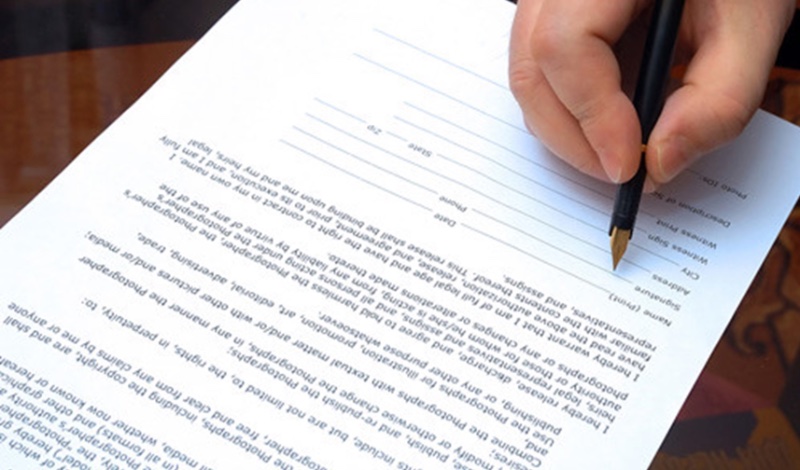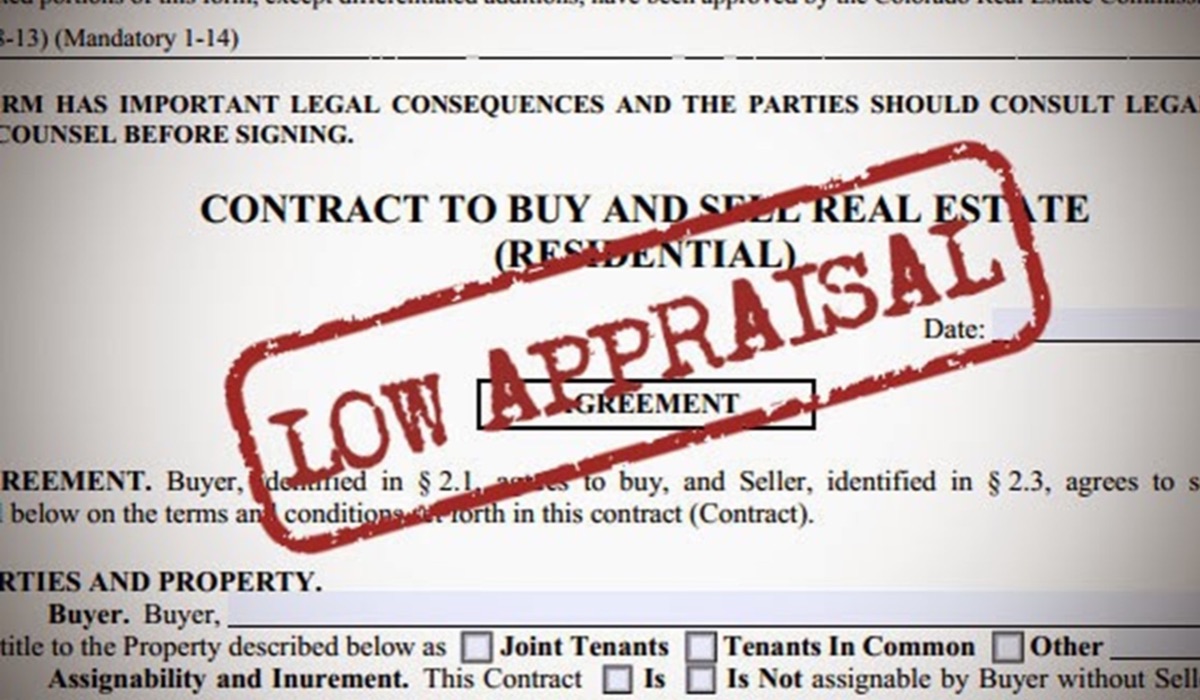
Section 3J(3) of the RPA outlines the terms around the Loan Contingency. Simply put, a buyer has the specified number of days in the contract (21-calendar days from Contract Acceptance by default) to secure their final loan approval from their lender of choice. If for any reason, a buyer fails to secure a loan or is denied the loan from their lender during this time frame, the buyer may terminate the contract and receive a full refund of their earnest deposit. Conversely, if a buyer were to terminate their purchase contract after this loan contingency period, they would be subject to forfeiture of their earnest deposit. Cash buyers, of course, are able to draft their purchase contracts without a loan contingency in their offer, which most sellers perceive as (good, bad, or otherwise) a more “guaranteed” or less risky transaction.


Create an Account
Search the MLS and featured property listings in real time.